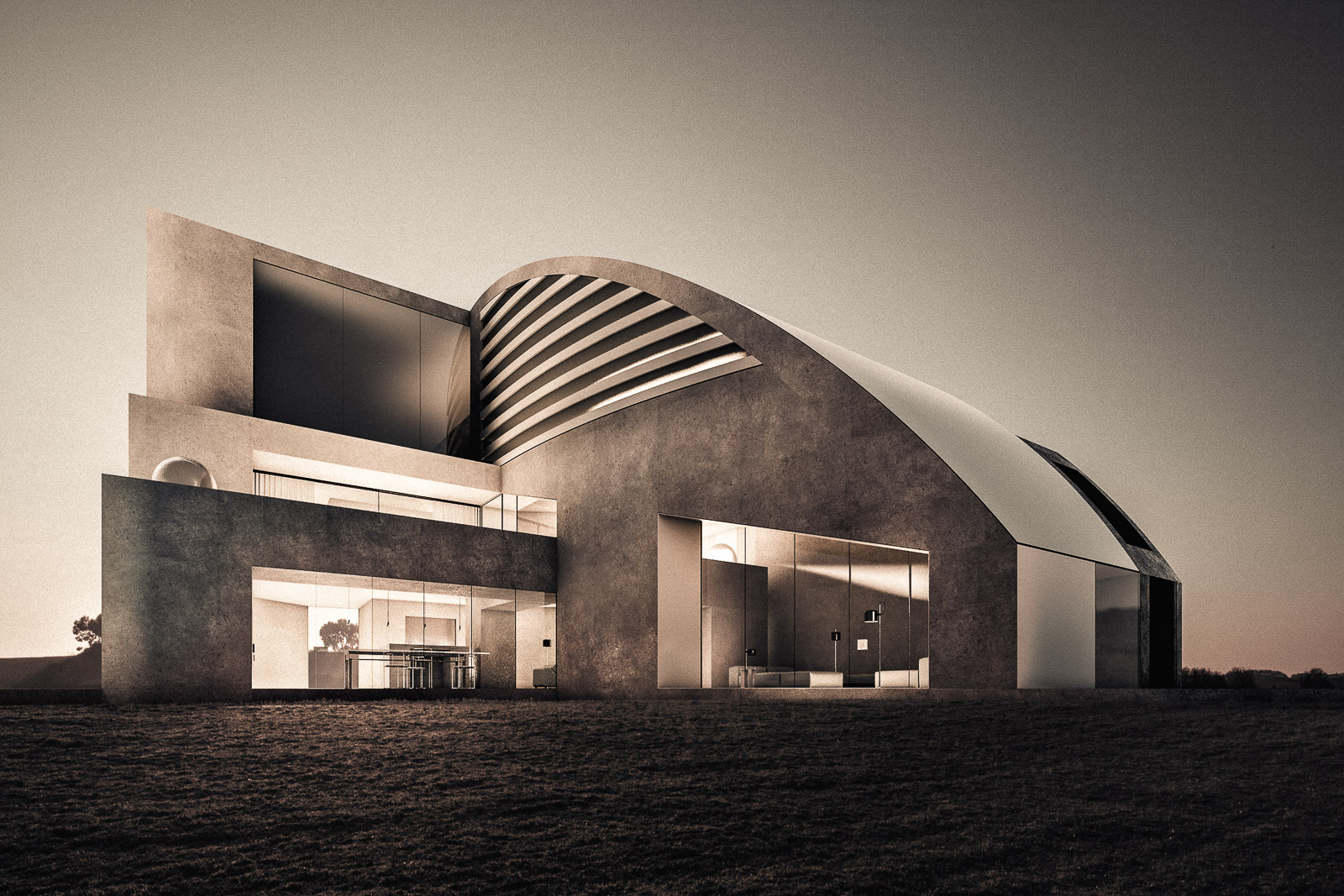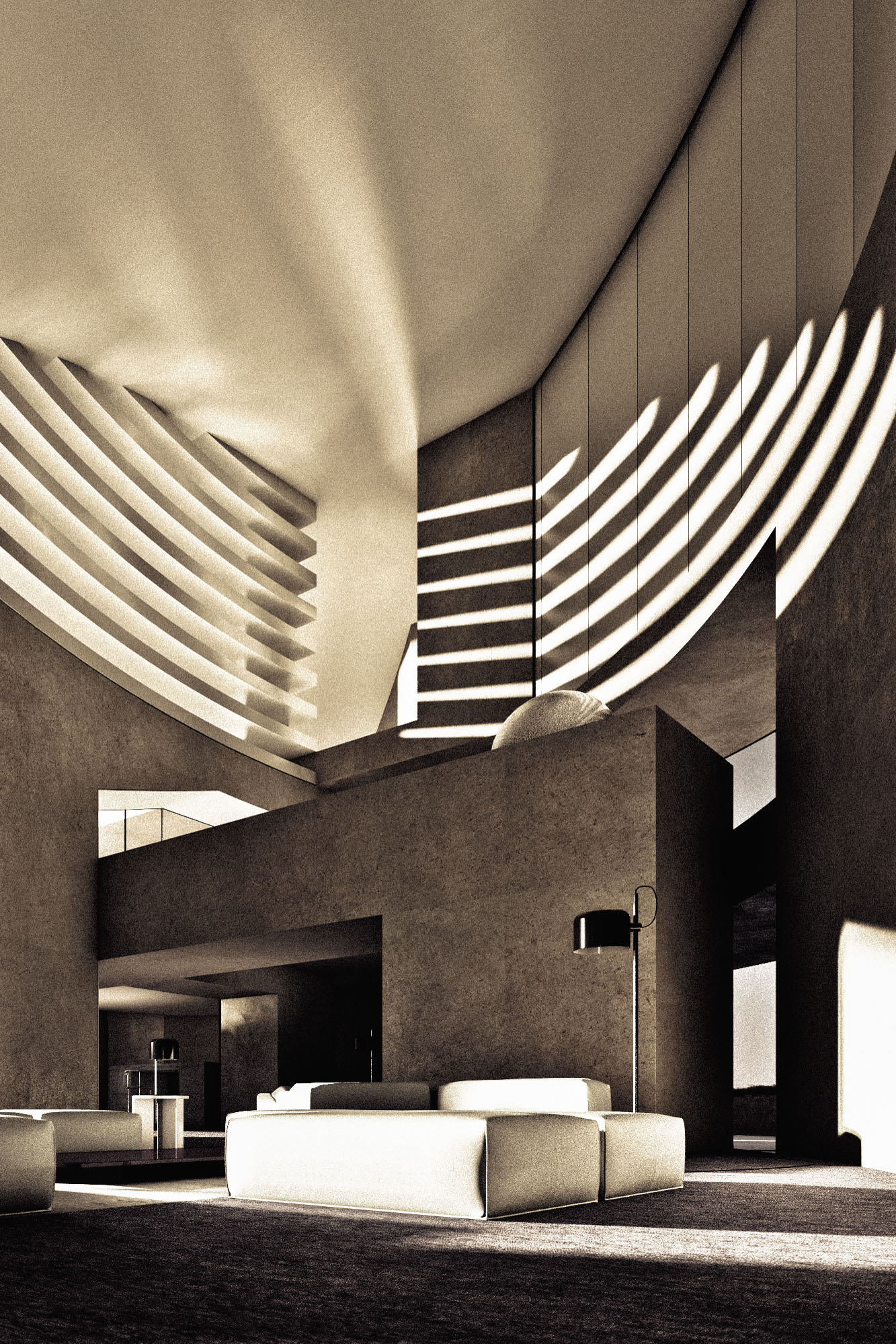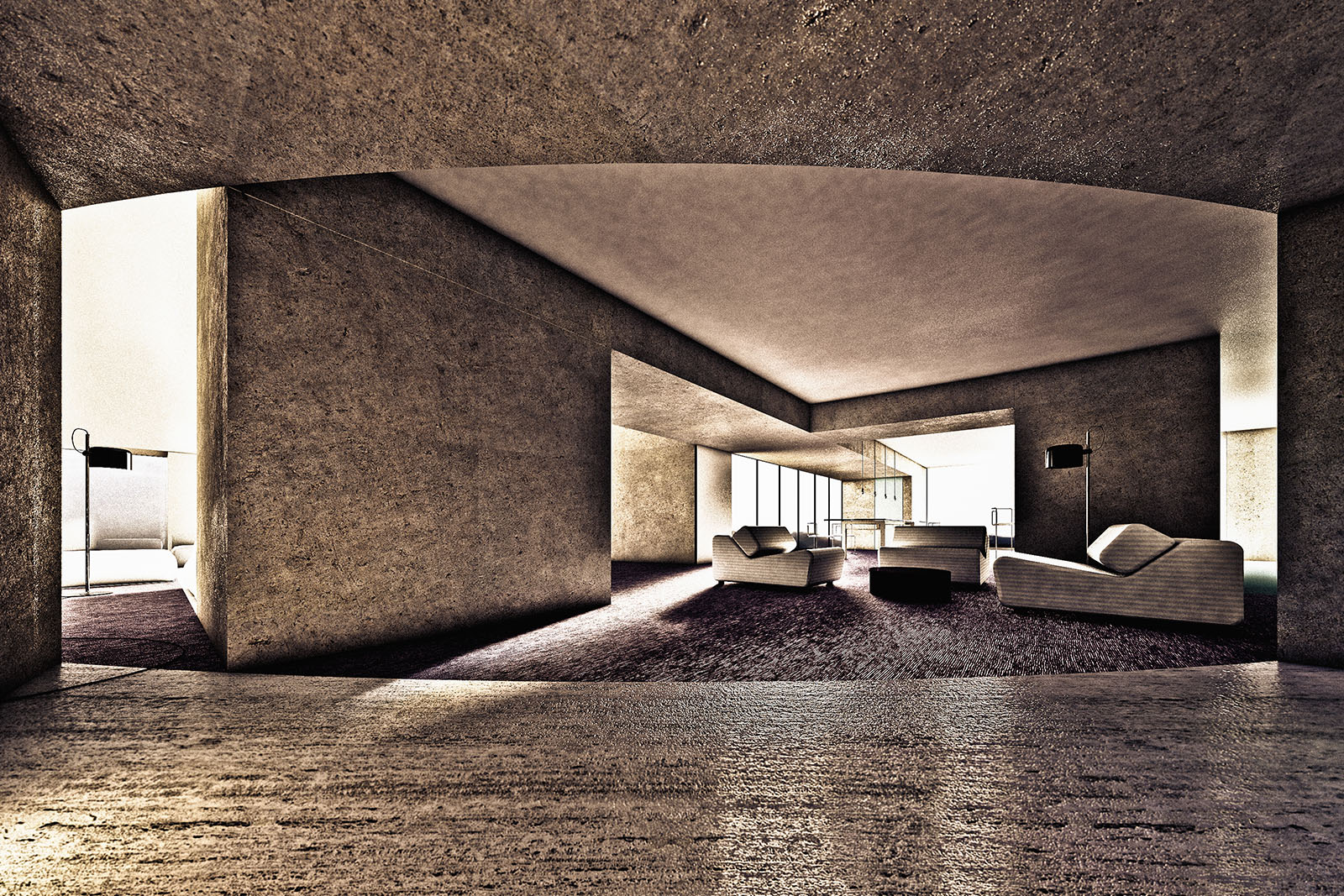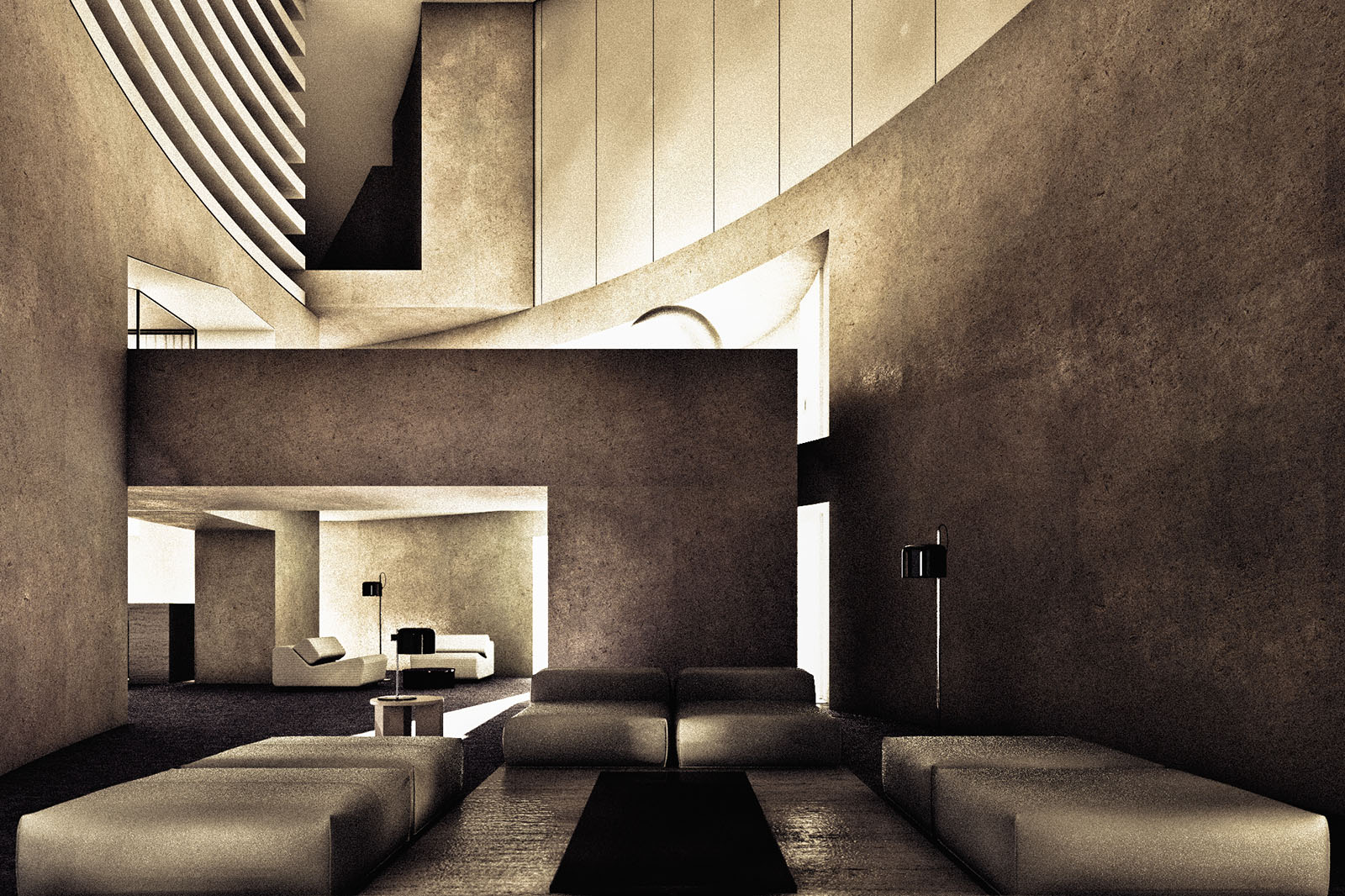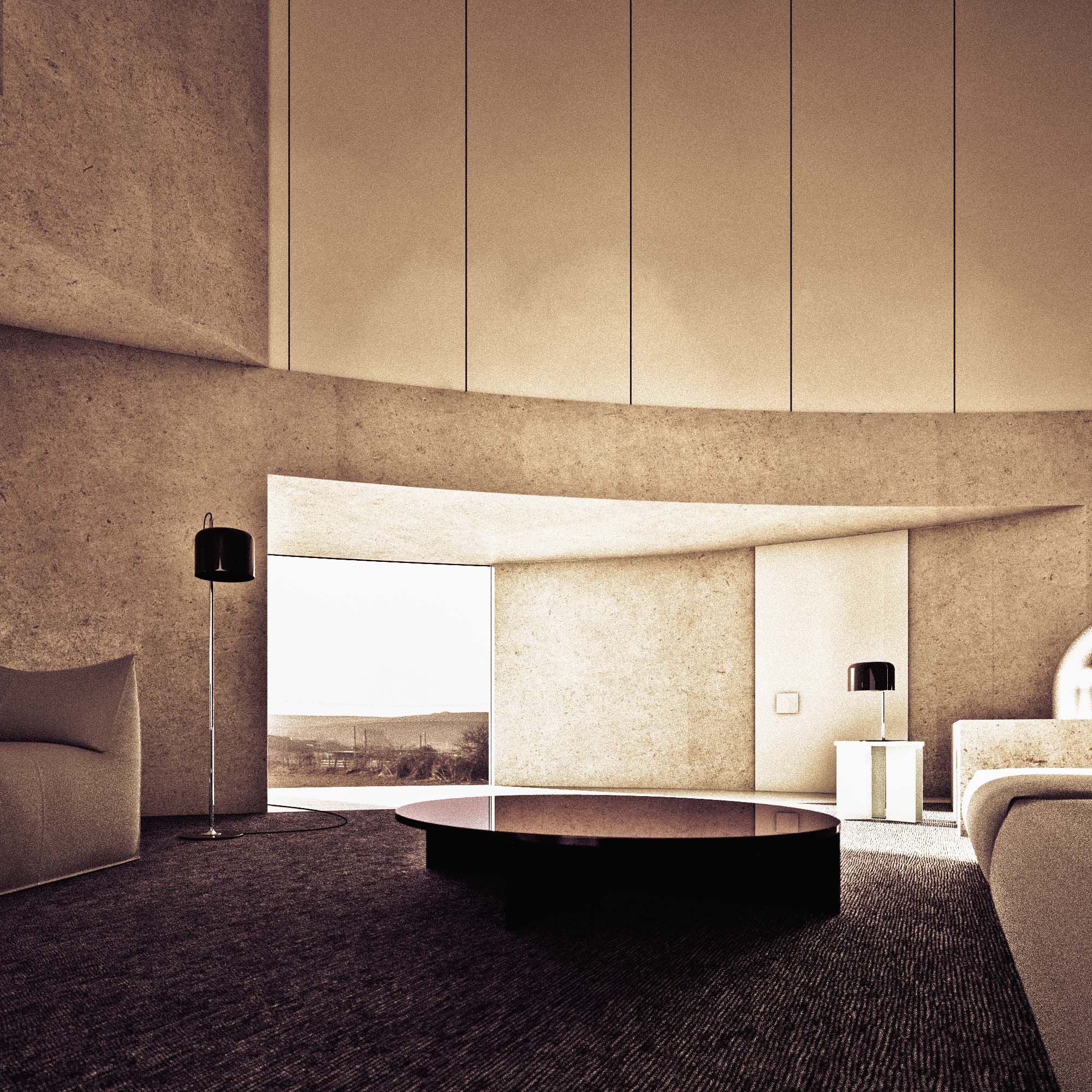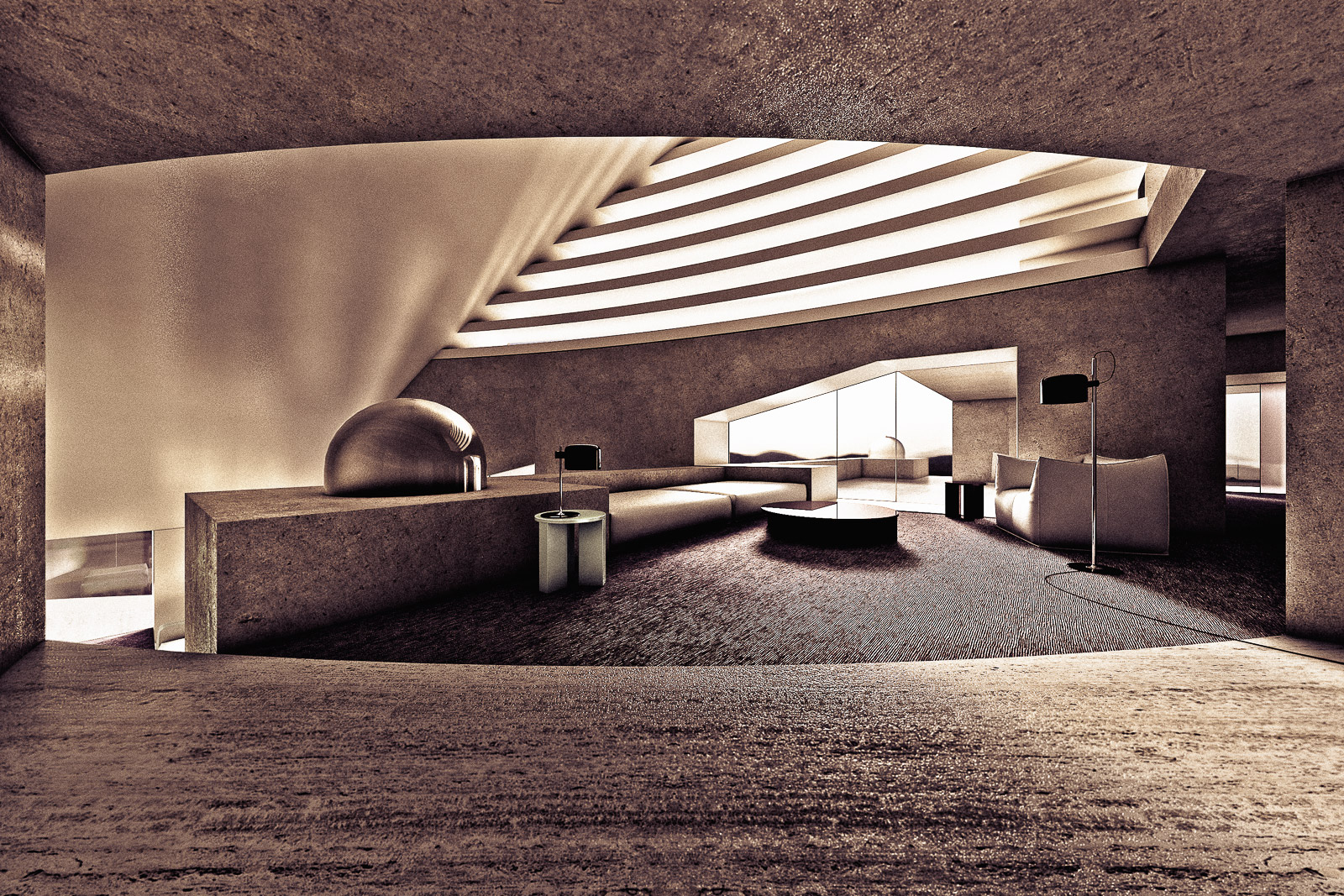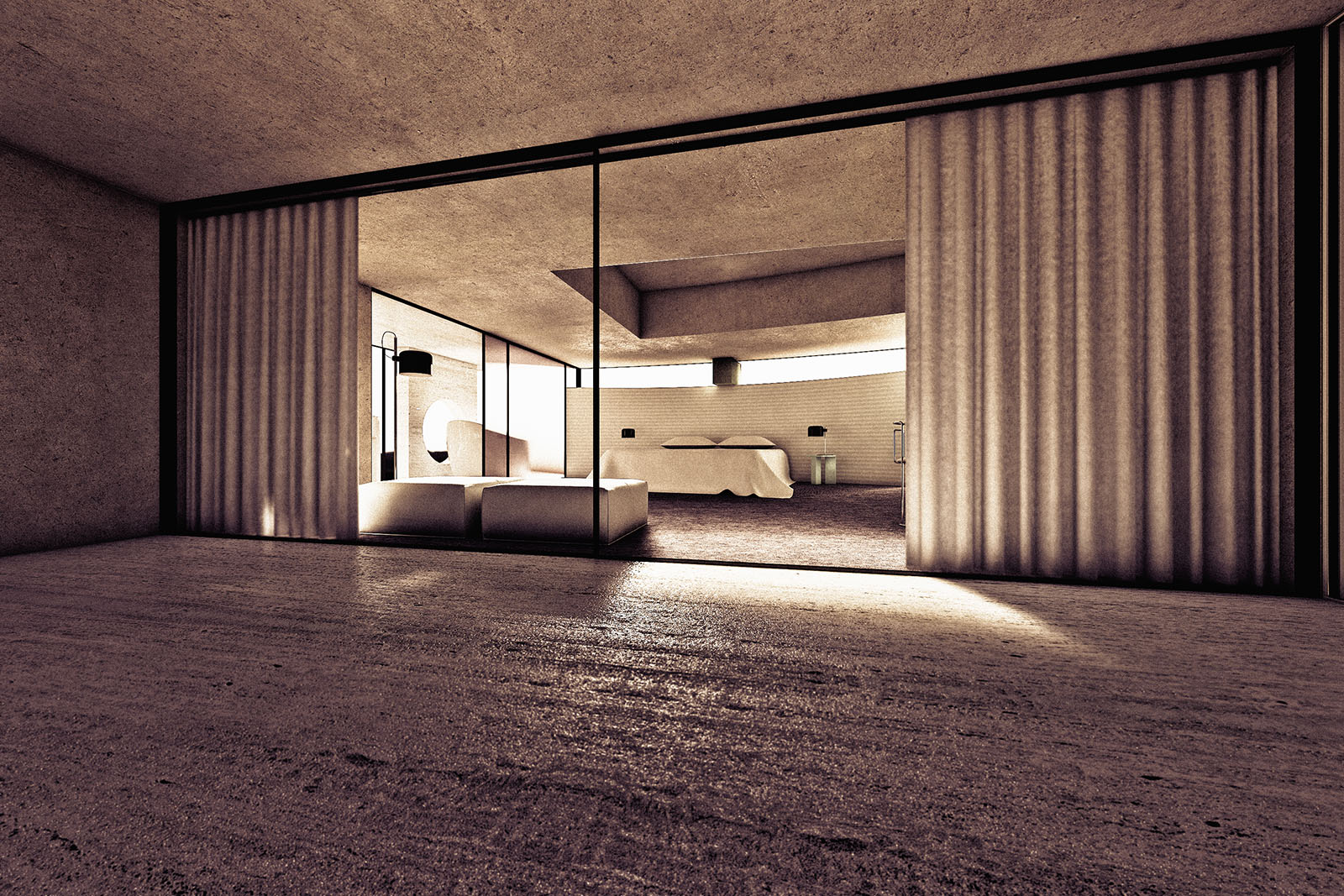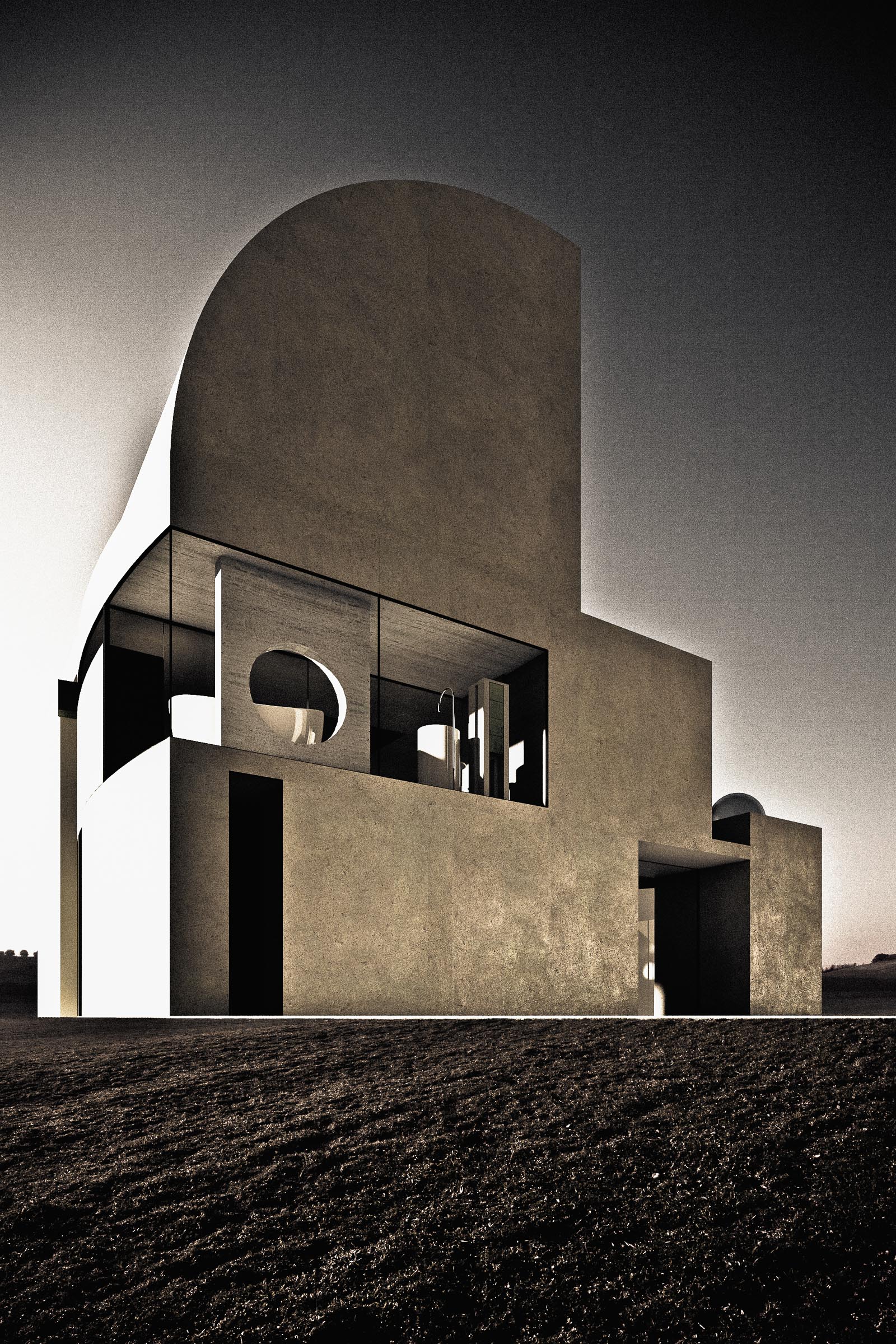

Text
Antonino Cardillo
We are such stuff as dreams are made on, and our little life is rounded with a sleep.
— William Shakespeare, The Tempest (1623)
Nowadays people seem to ignore the erratic unfolding of ancient fluxes which moulded Northern lands. Lost in their present, they forget the pathways leading from the past to our time. Just a few memories.
By the middle ages, between 1130 and 1194, England, and to some extent Wales and Ireland, shared with Sicily a Norman domain: Byzantine mercenaries and recognisers of Middle East cultures after capturing Sicily, these conquerors from the North Sea introduced a route between the Northern and Mediterranean shorelines. Making British history for the second time since the Roman era, they broke once more the islands’ isolation.
Introducing knowledge from the Middle East region, not least bringing back ancient Greek and Roman texts, they laid the foundation for the birth of the Modern age. But history is full of violence: the dominant possession of a submissive culture manages to disguise the larceny by carefully rewriting history; and where memory lacks, misunderstandings begin.
Learning from the past, might architecture heal history’s wounds? Might it have the power to awake the routes concealed behind day-to-day life, revealing the whole cloaked behind the gloomy curtains of ignorance?
Purple House represents an unconscious trip into the Norman legacy: exploring diverse elements, following paths empirically, re-evoking remote visions, aiming to find a common lost sense: what were the forgotten exchanges between England, Wales, Ireland, Sicily and Middle East?
Encircled by massive carved walls and coordinated by an interior symmetrical façade with crystal domes at the corners, the architectural forms investigate what unites us in this history. Compactly, complex, oppressive, expressionistic, the hollow interior of this cave sculpture inhales light: a light which swells the curves and the bulkheads, it coagulates at the corners and slips away, amid the interstices. It brightens up an adamantine vault, creating shades and dilating it. From dawn to dusk, its backlight changes the sense of space and the perception of the forms: at midday it dims the bulkheads curving in the living room. The light perforates the trapezoidal apertures carved in the heavy walls; close to the ceiling, the light transmutes itself into blades cut by a magnified brise-soleil. At sunset, however, the hall darkens. The parts, now obscured, counterpoint distant glares spread around and inside the hollowed-out base: below a burning cave, above a giant brazier glows into the vault. During the course of a solar day light and dark swap roles, interpreting the drama of an architecture monolithic and fragmentary, made of stone, cement and purple.
worldarchitecturenews.com, London, 23 June 2011.
Data
- Time: Design (Dec 2009 – Jun 2011)
- Place: Pembrokeshire, Wales, UK
- Area: 350 m² (three storeys)
- Typology: Detached house
